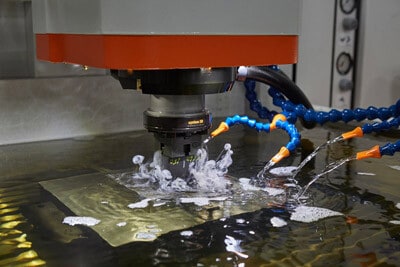Advantages
Machined odd-shaped
It can produce odd-shaped and different surfaces that cannot be produced by traditional cutting machines.
Machined hard materials
Machining of extremely hard material with high accuracy.Sharp corner processing inside containers and pipes
Machined Small Parts
I am text block. Click edit button to change this text. Lorem ipsum dolor sit amet, consectetur adipiscing elit.
Without Perceivable Distortion
There is no direct contact between tool and work piece. Therefore, delicate sections and weak materials can be machined without perceivable distortion
Very Good Surface
A very good surface may be obtained by redundant finishing paths.
Machined Small and Deep Hole
Very fine holes can be attained, small and deep hole machining, diameter up to 0.015″





